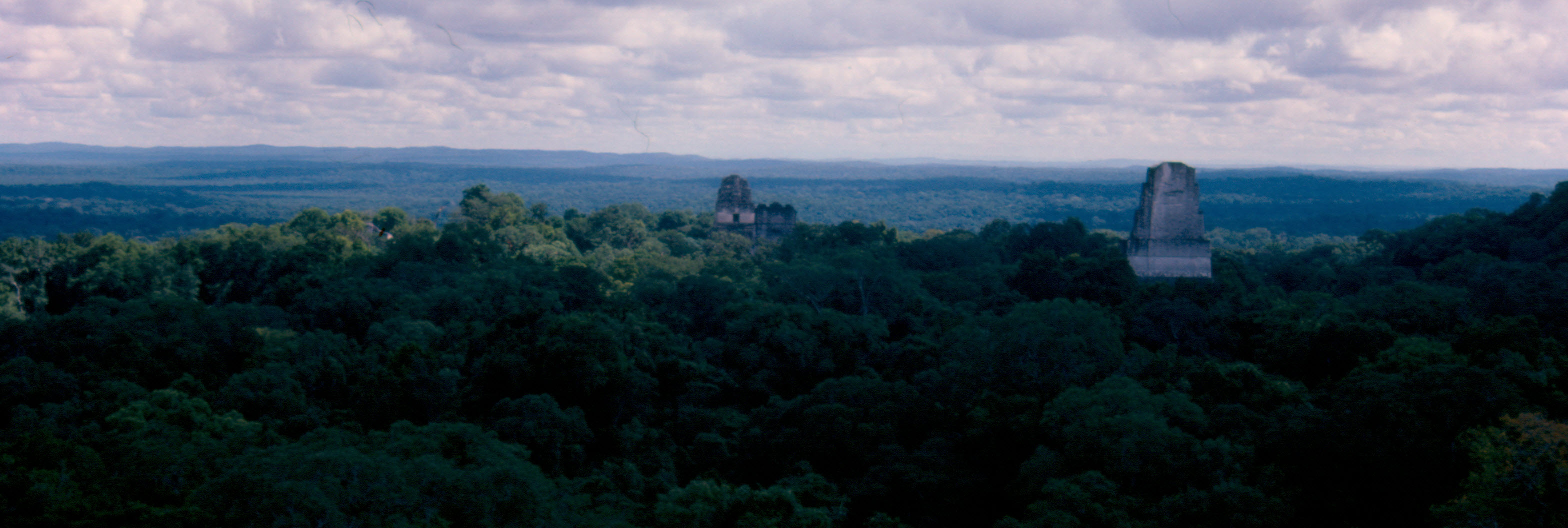|
Atlas of Guatemalan Crop Wild Relatives
|
 |
An interactive reference for genetic resources conservation and use |
|
The Atlas of Guatemalan Crop Wild Relatives (Atlas Guatemalteco de Parientes Silvestres de las Plantas Cultivadas) is a unique new resource designed to facilitate the conservation and use of wild plant species that are related to cultivated crops. Guatemala is located in the heart of Mesoamerica, one of the world's most important centers of plant domestication and agricultural origins, and, consequently, an area with an abundance of crop wild relatives. Crop wild relatives are increasingly important to world agriculture because they contain beneficial traits needed for breeding improved crop varieties that are hardier, more productive, more nutritious, more disease and drought resistant, and better adapted to the stresses of climate change. The Atlas provides detailed information on 105 species or subspecies of wild Guatemalan plants that are related to crops, including their description, distribution, diversity and conservation status. The species are organized into genepools corresponding to the 29 crops that were chosen for this study because of their economic, cultural and biological importance. Through an interactive Google Earth? interface, users of the Atlas can consult individual maps for each of the 105 plants included in the study, showing their known distribution based on the locations where scientific specimens were collected and projections of their potential range based on climate. Additional maps display areas of high species richness and diversity to assist conservation efforts. The maps draw upon a database of 2,600 records of scientific specimens conserved in numerous national and international institutions, primarily herbaria and seed banks. The database of geo-referenced data points is directly accessible and downloadable for users who wish to consult the original accession records or use them to conduct their own GIS-enabled analyses. |
 Download the Atlas* Download the Atlas*
* Requires Google Earth?
|
 A wild lima bean (Phaseolus lunatus). Photo: K.A. Williams. A wild lima bean (Phaseolus lunatus). Photo: K.A. Williams. |
The Atlas also offers valuable information about the usefulness of crop wild relatives as genetic resources for crop improvement and agricultural sustainability; expert descriptions of the 29 crop genepools; details of the GIS software and methods applied in the generation of the maps and the analysis of the diversity; discussions on the conservation status of each species; and recommendations for further studies to better protect, manage and utilize the rich genetic diversity present in Guatemala. |
|
This application is the result of nearly a decade of extensive collaboration between the United States Department of Agriculture/Agricultural Research Service (USDA-ARS), Bioversity International's Regional Office for the Americas, the International Center for Tropical Agriculture (CIAT), and the Agronomy Faculty, University of San Carlos in Guatemala (FAUSAC). The Atlas of Guatemalan Crop Wild Relatives, including the supporting database, is a useful reference and source of data for students, teachers, plant breeders, conservationists, and others who seek to learn about, promote and advance the conservation and use of the many unique and often threatened species of crop wild relatives in Guatemala. This initial presentation of the Atlas is currently offered only in Spanish. An English version of the Atlas is in preparation and will be made available soon. Instructions on using the maps are available in English here. |
|
 Zea mays subsp. huehuetenangensis, a wild relative of maize. Photo: S. Taba. Zea mays subsp. huehuetenangensis, a wild relative of maize. Photo: S. Taba. |
The data and information in the Atlas are freely available for use. Please cite the source as: C. Azurdia, K.A. Williams, D.E. Williams, V. Van Damme, A. Jarvis and S.E. Casta?o. 2011. Atlas of Guatemalan Crop Wild Relatives. Available at /ba/atlascwrguatemala United States Department of Agriculture/Agricultural Research Service (USDA/ARS); Bioversity International; International Center for Tropical Agriculture (CIAT); and the University of San Carlos in Guatemala (FAUSAC). For additional information, please contact Karen Williams (Karen.Williams@ars.usda.gov). |

 Download the Excel database of records
Download the Excel database of records Vasconcella cauliflora, a wild relative of papaya. Photo: J. Ocampo.
Vasconcella cauliflora, a wild relative of papaya. Photo: J. Ocampo.